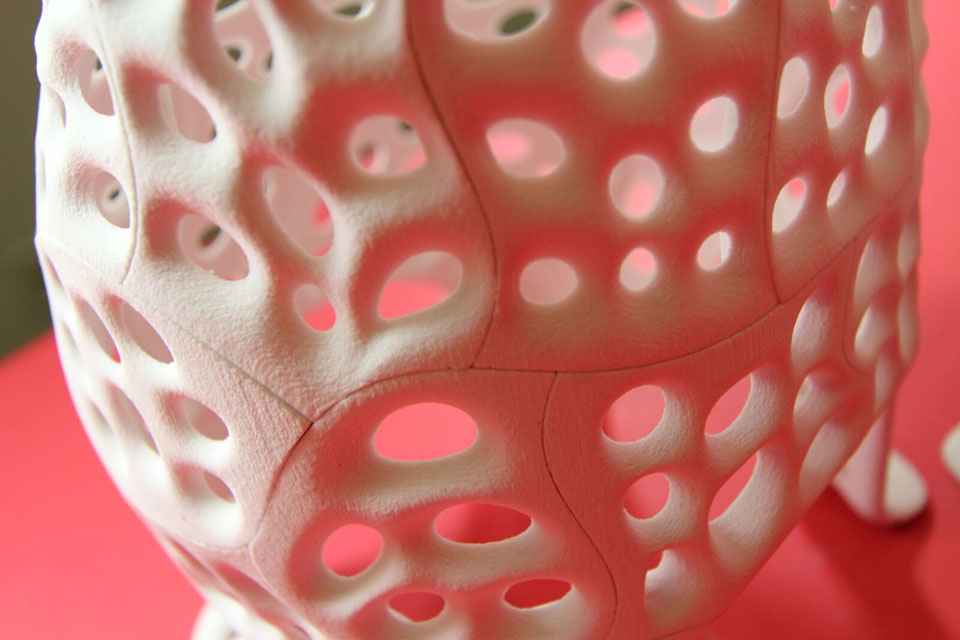
Detail of the components.
Project
Images
↓

Spline cuts.

Spline cuts.
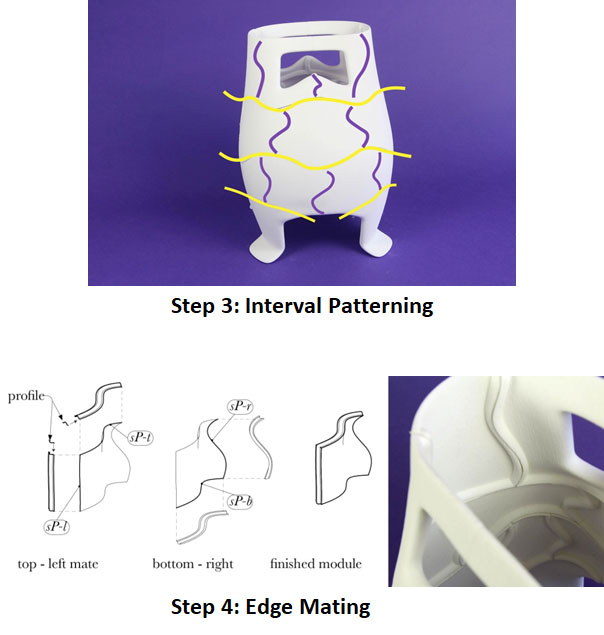
Parametric model of the cuboctahedron to be fabricated with plywood.

Board from which all the components of the voxel where laser cut.
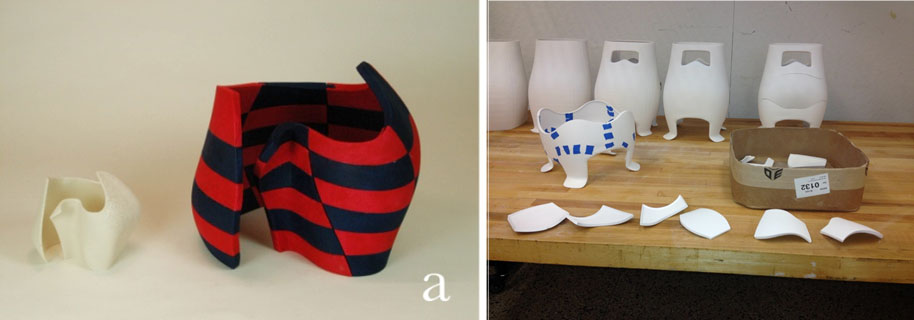
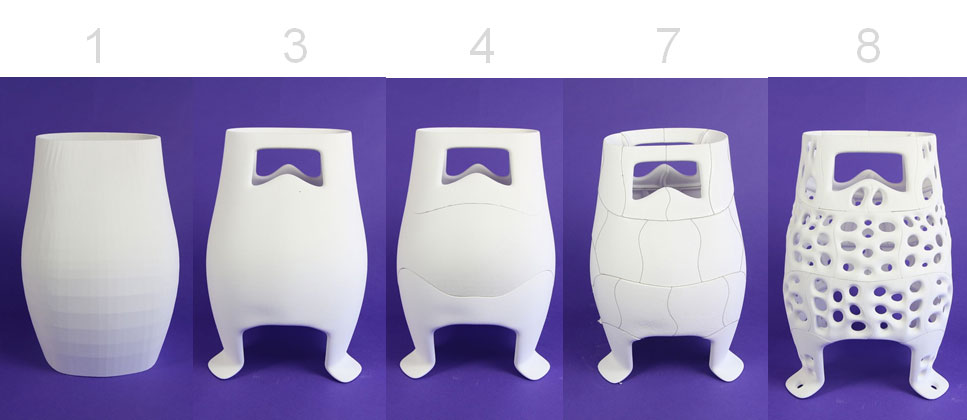
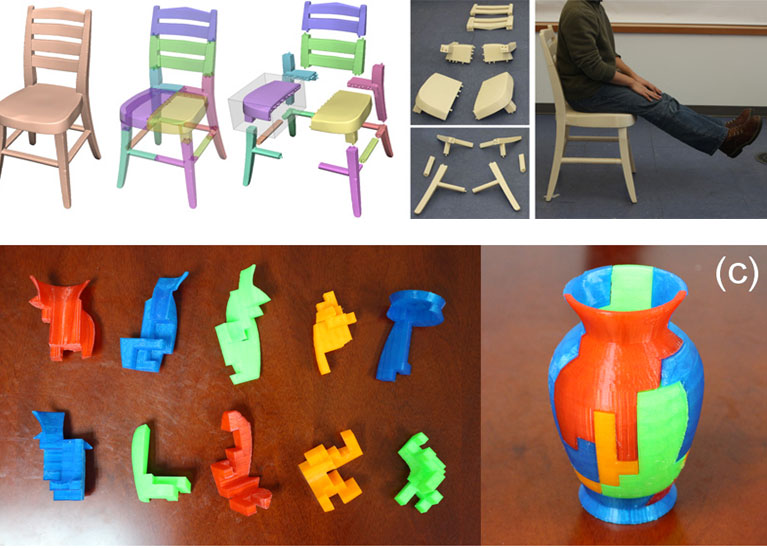
Here is a breakdown of the integration of skills: computer-aided design - OVERALL DESIGN AND PARTS FOR FABRICATION